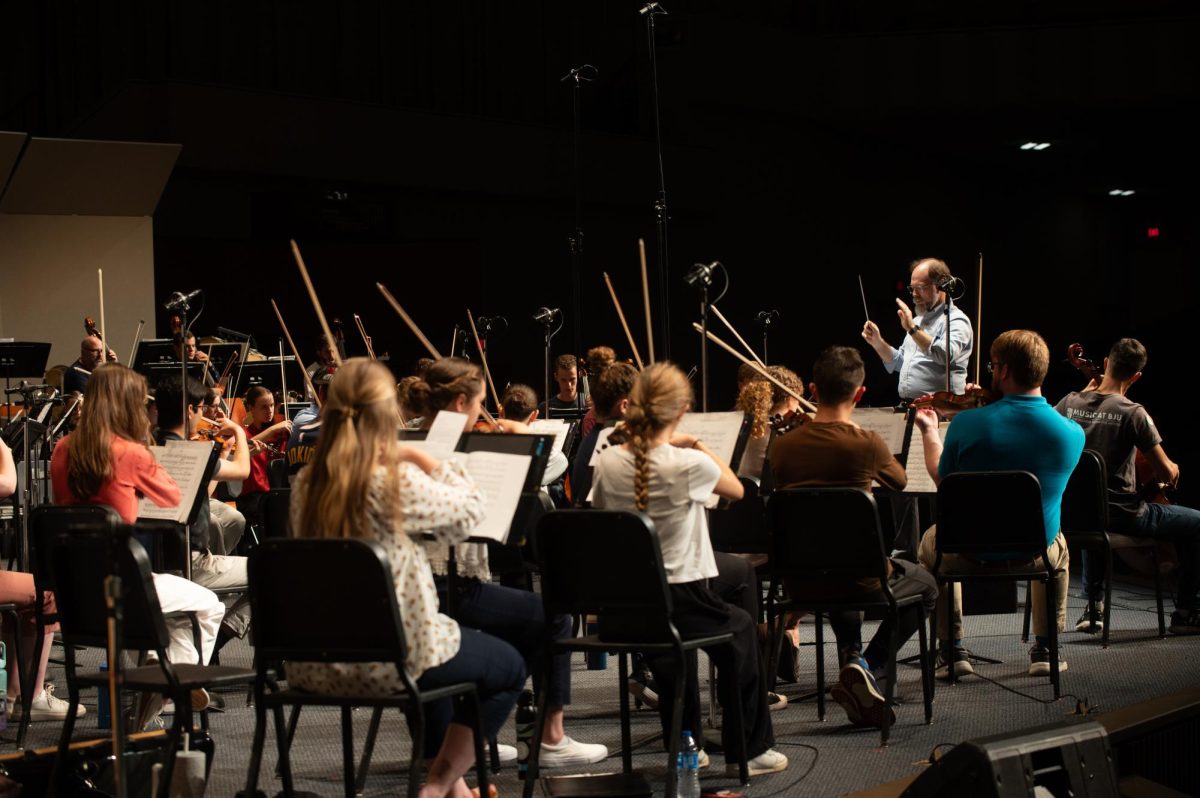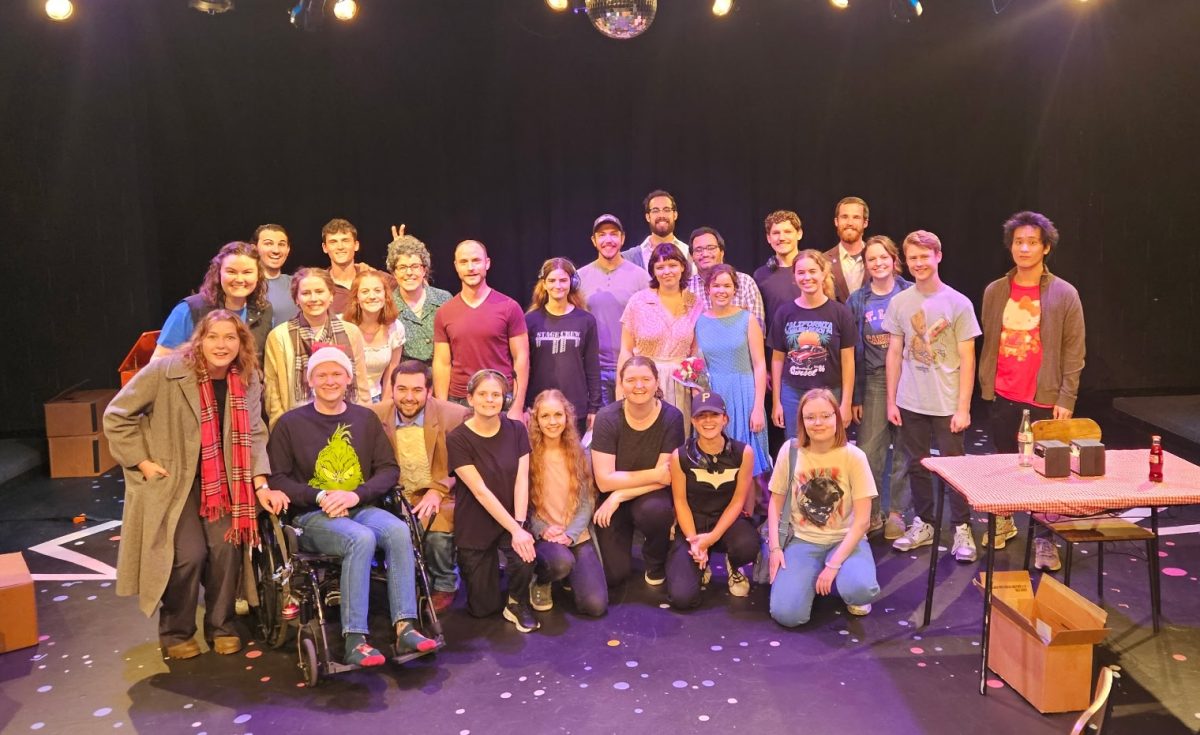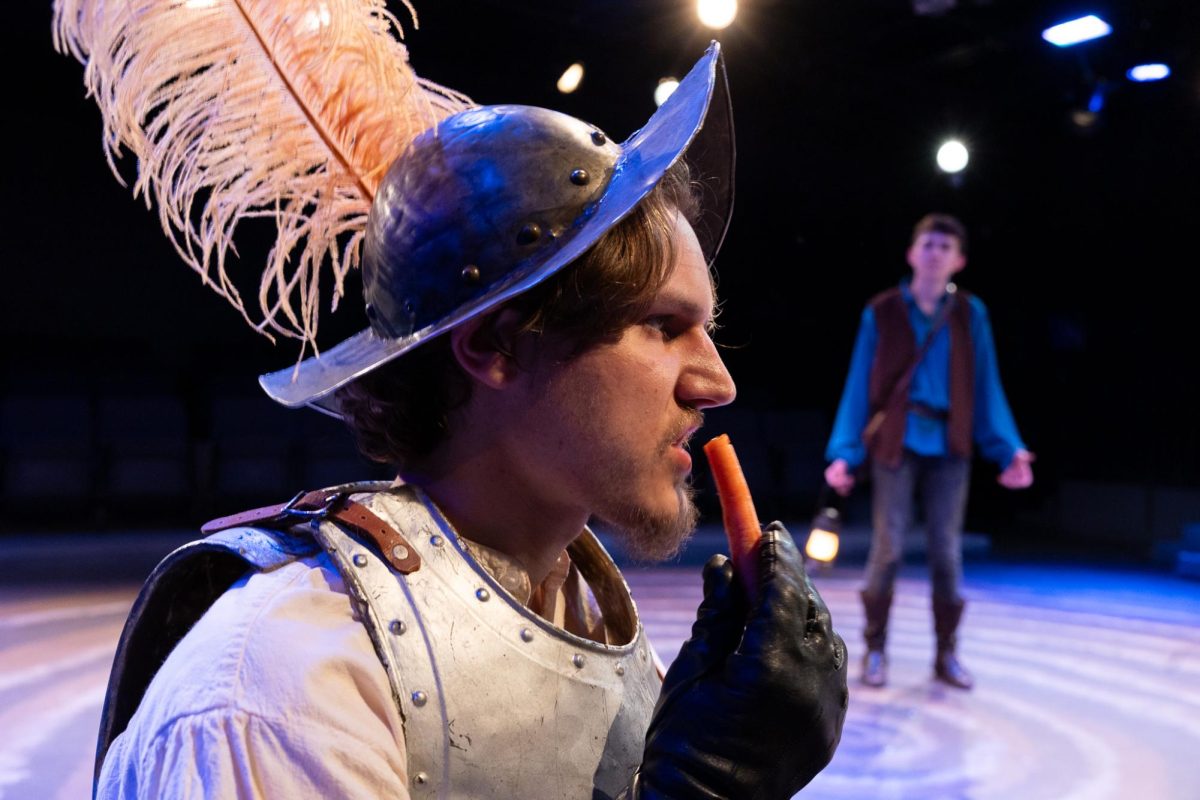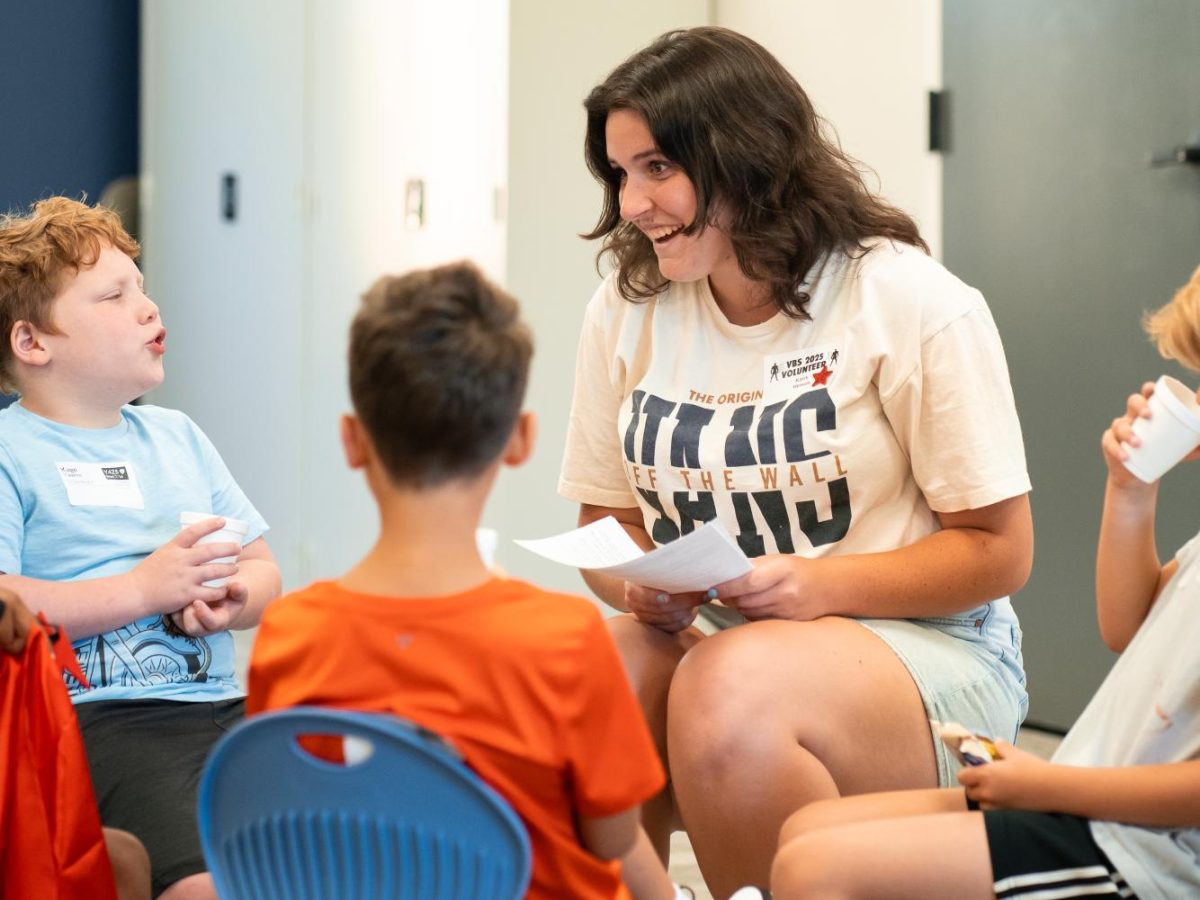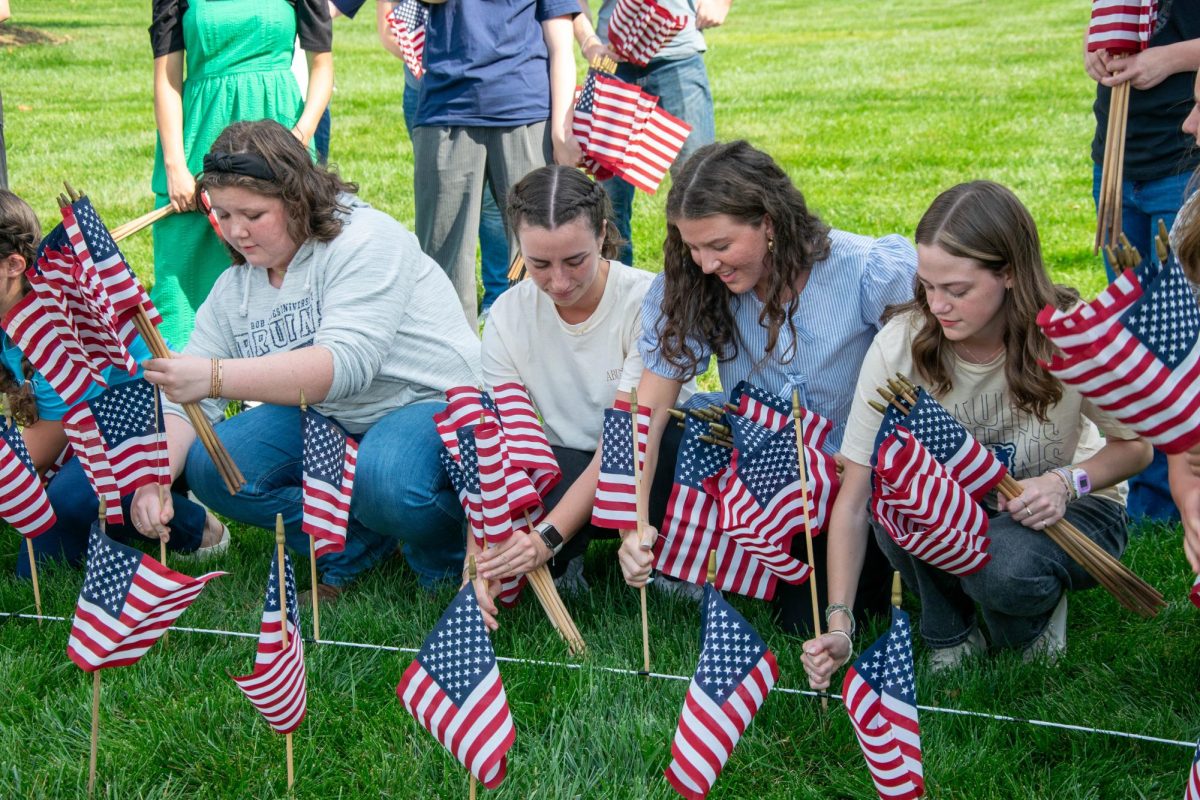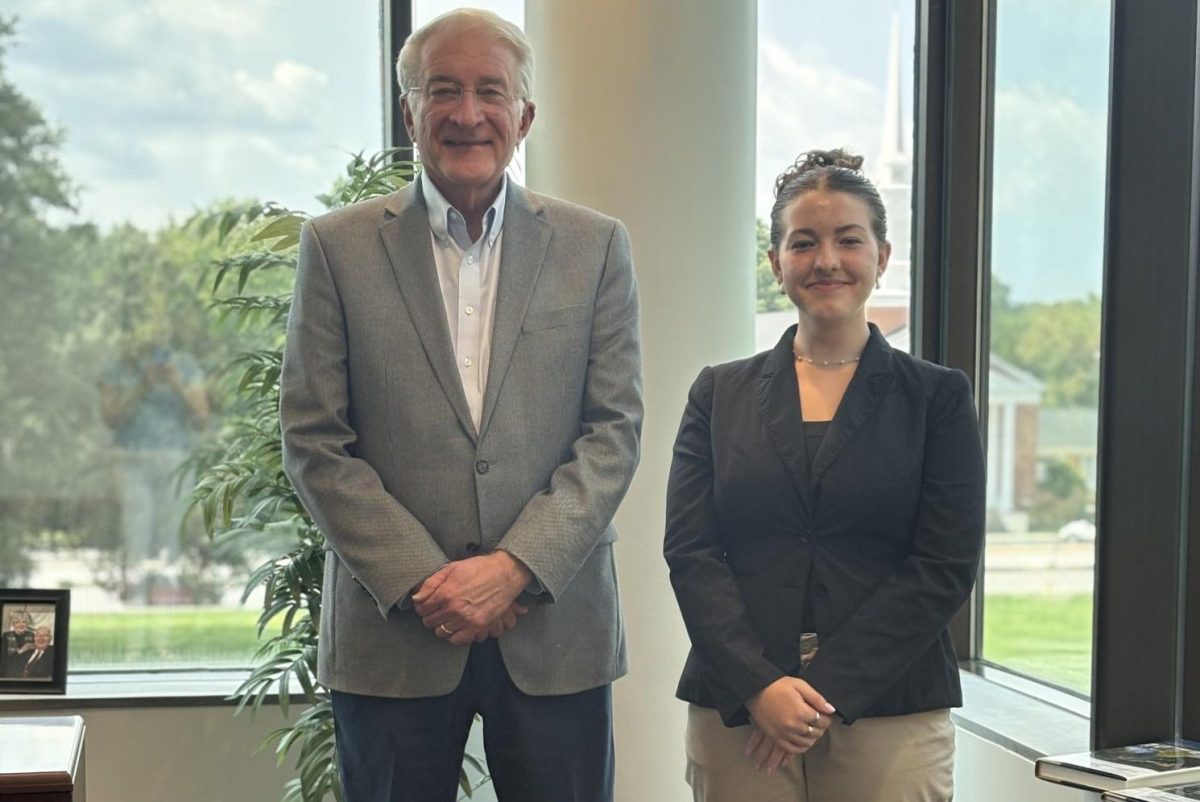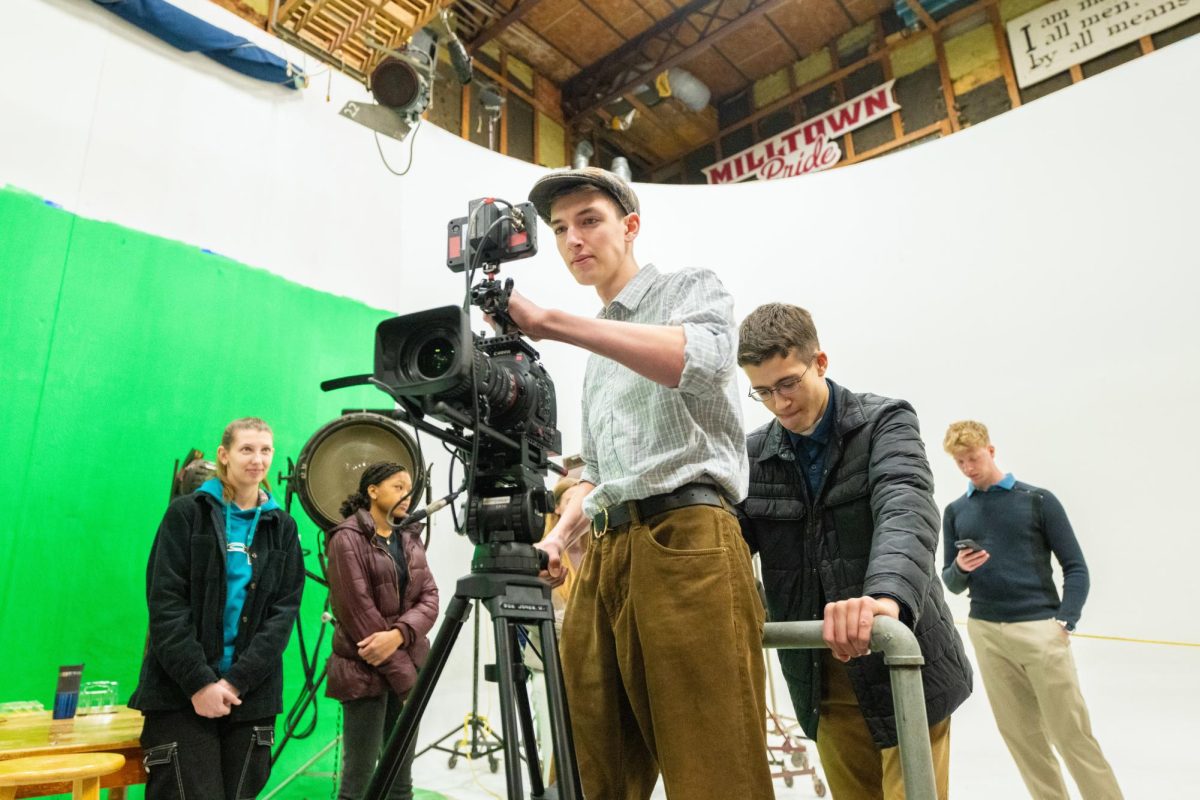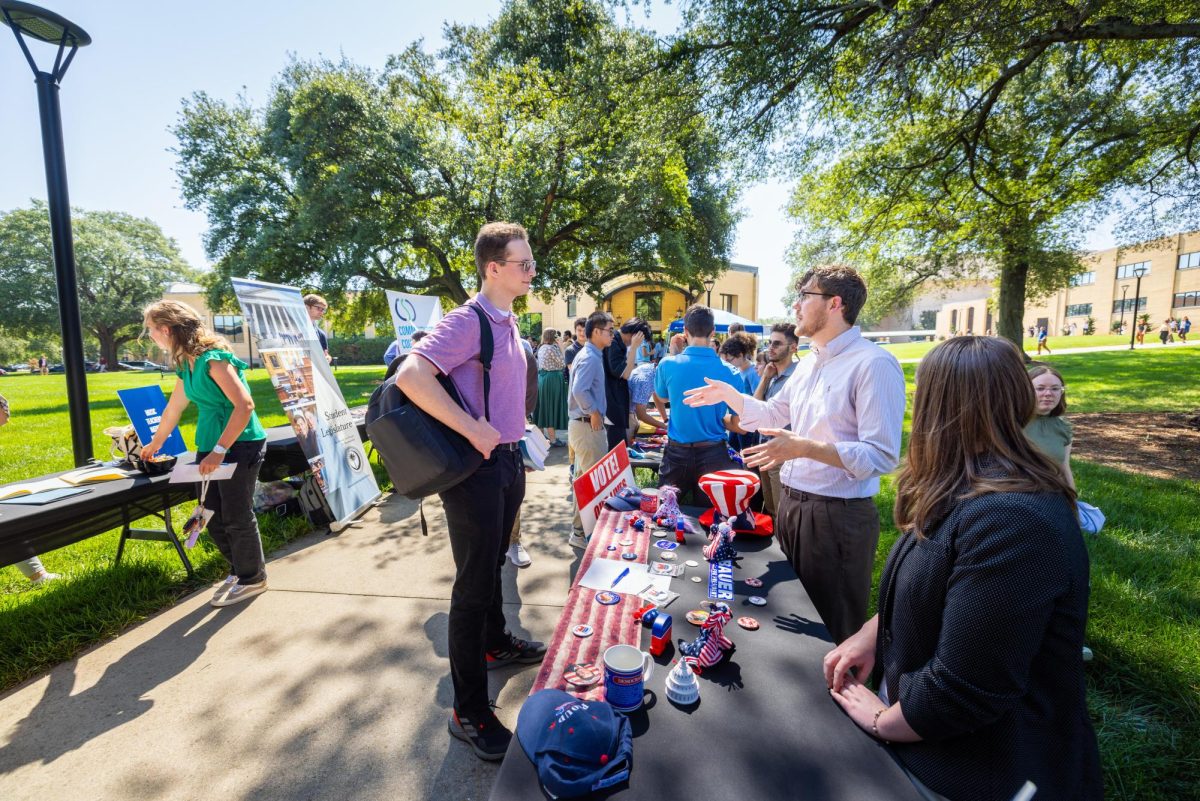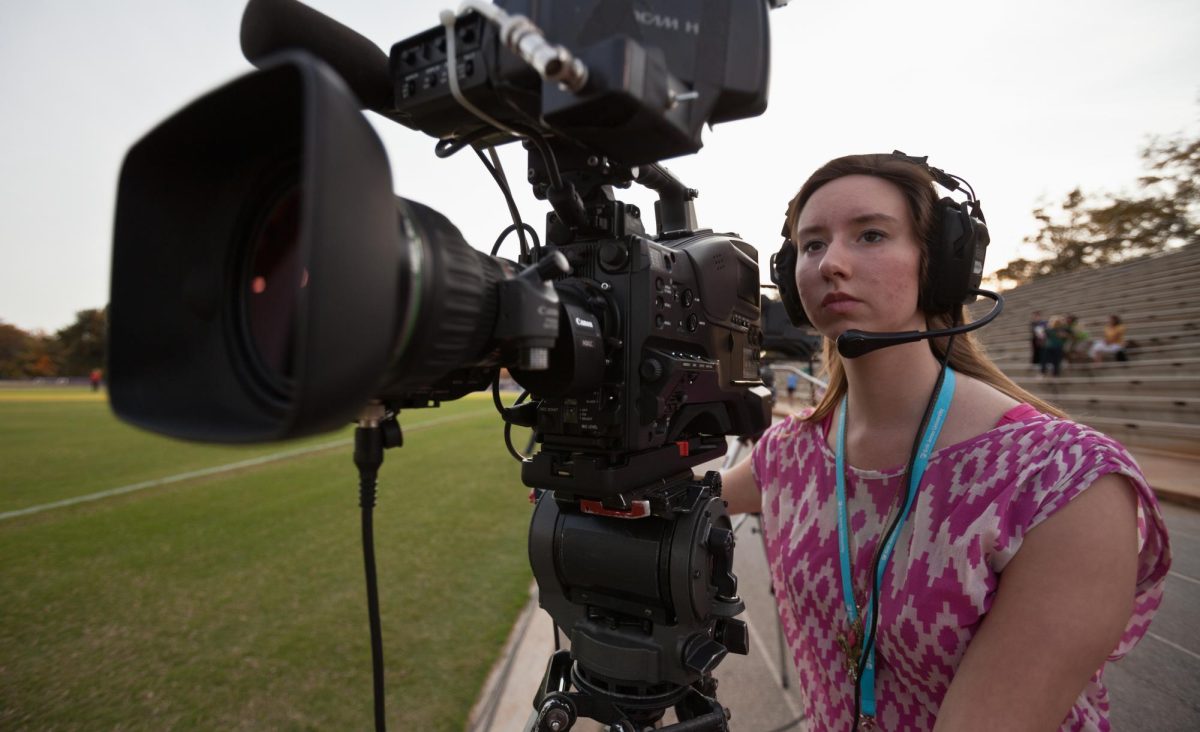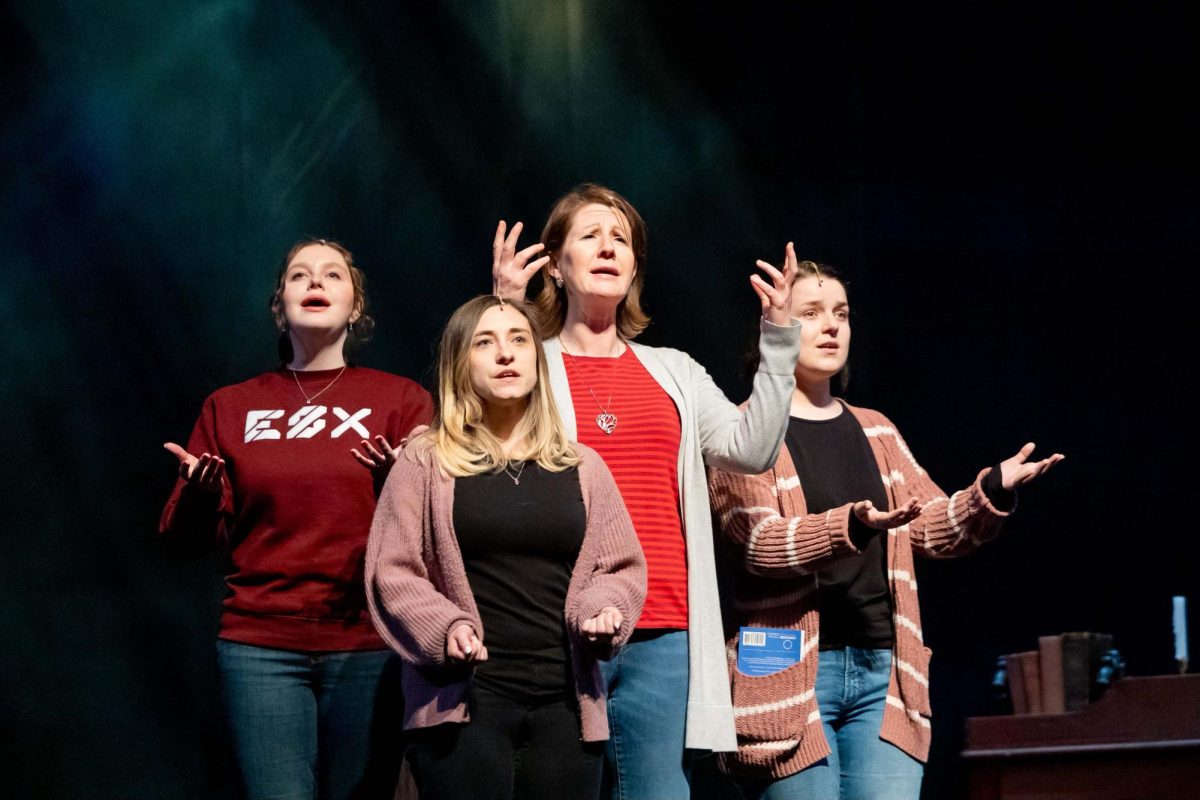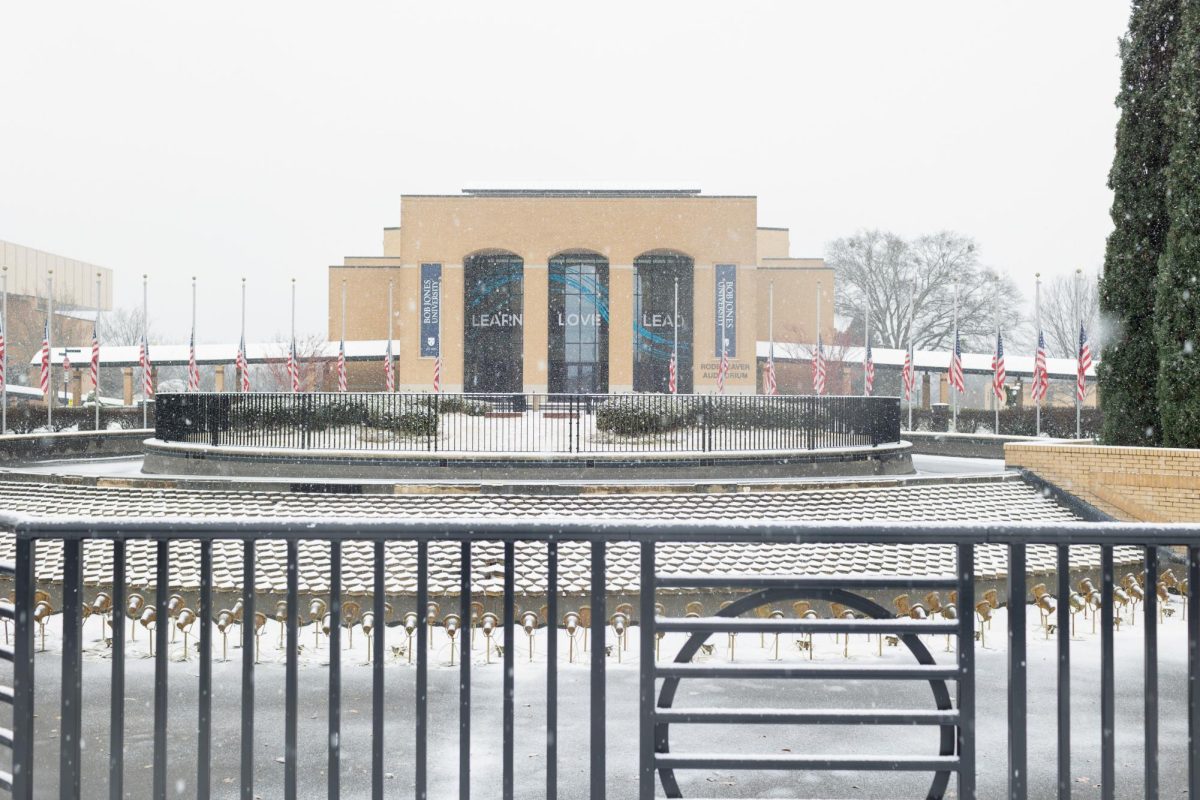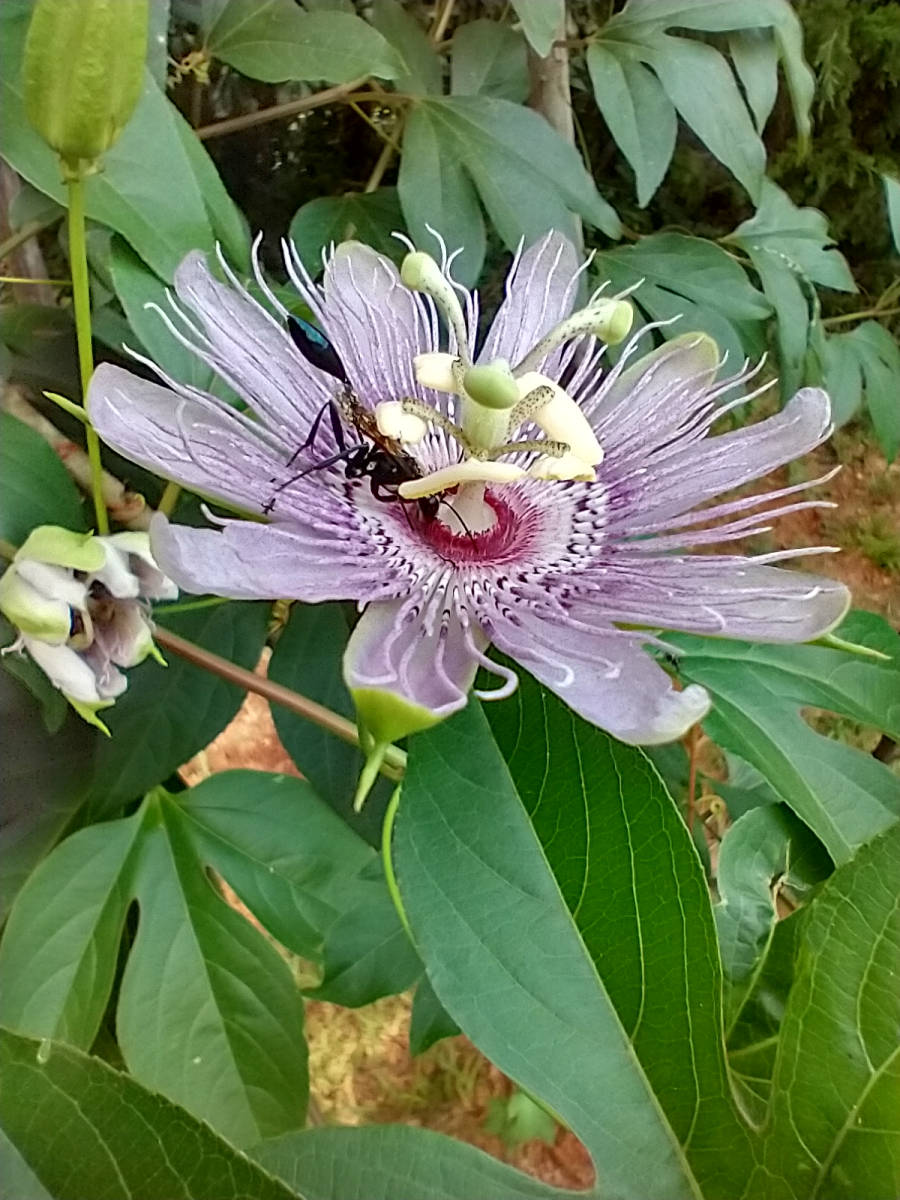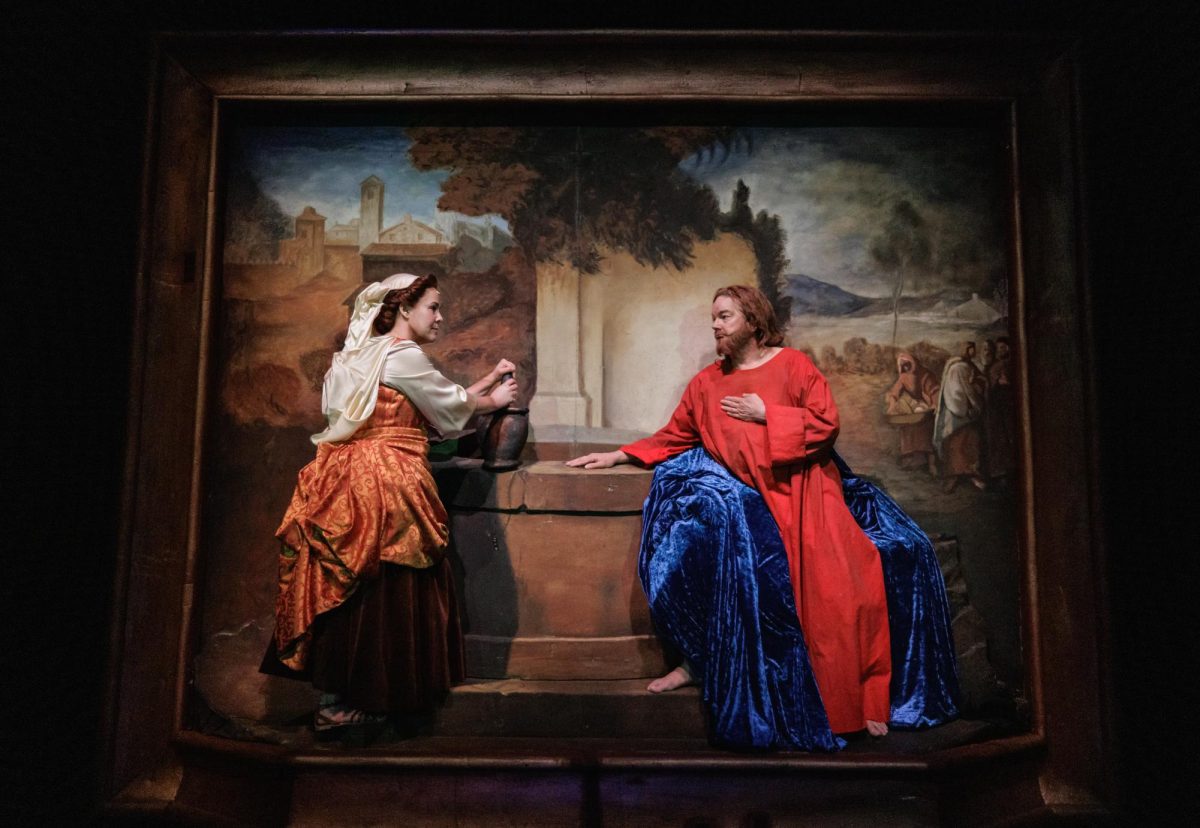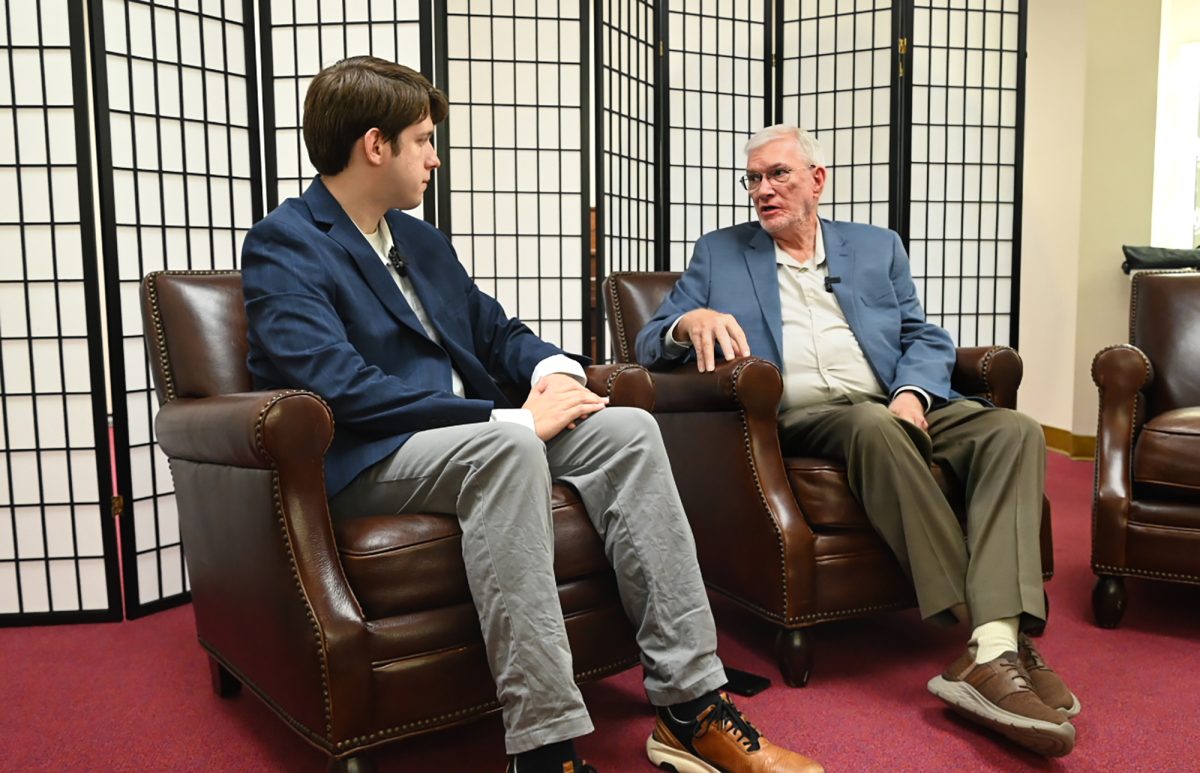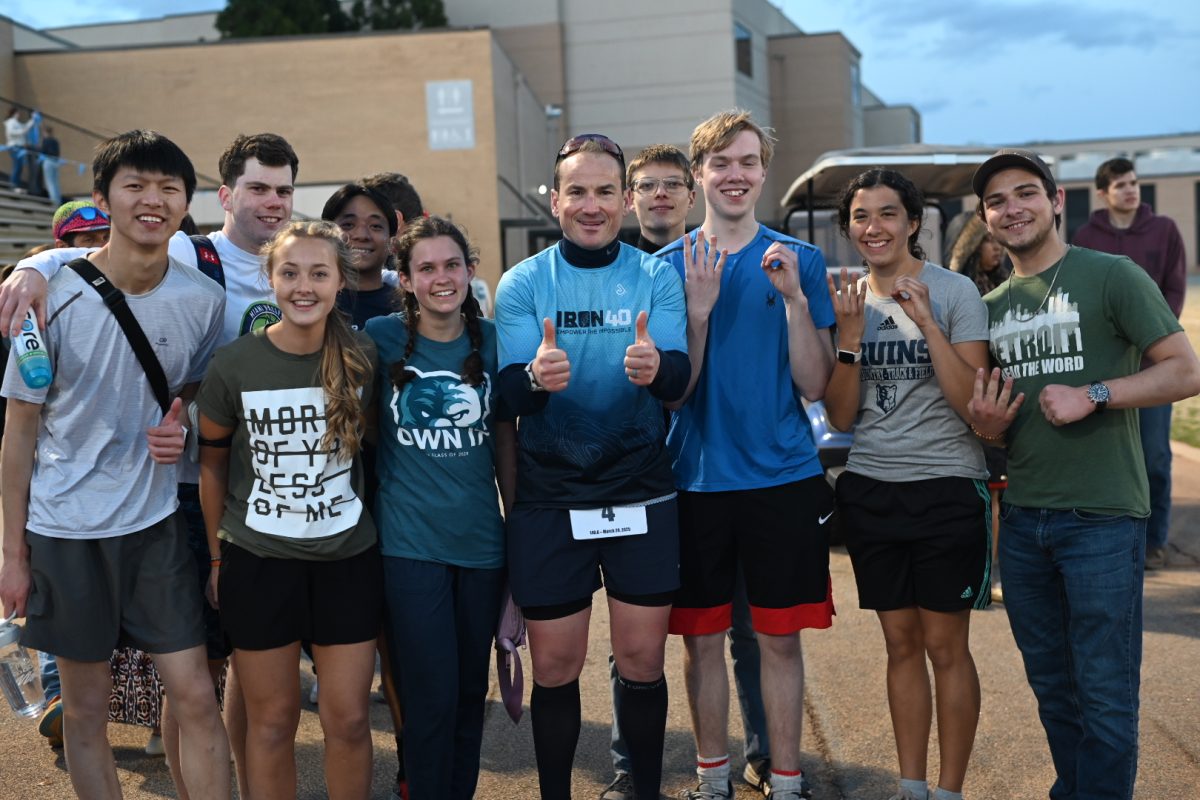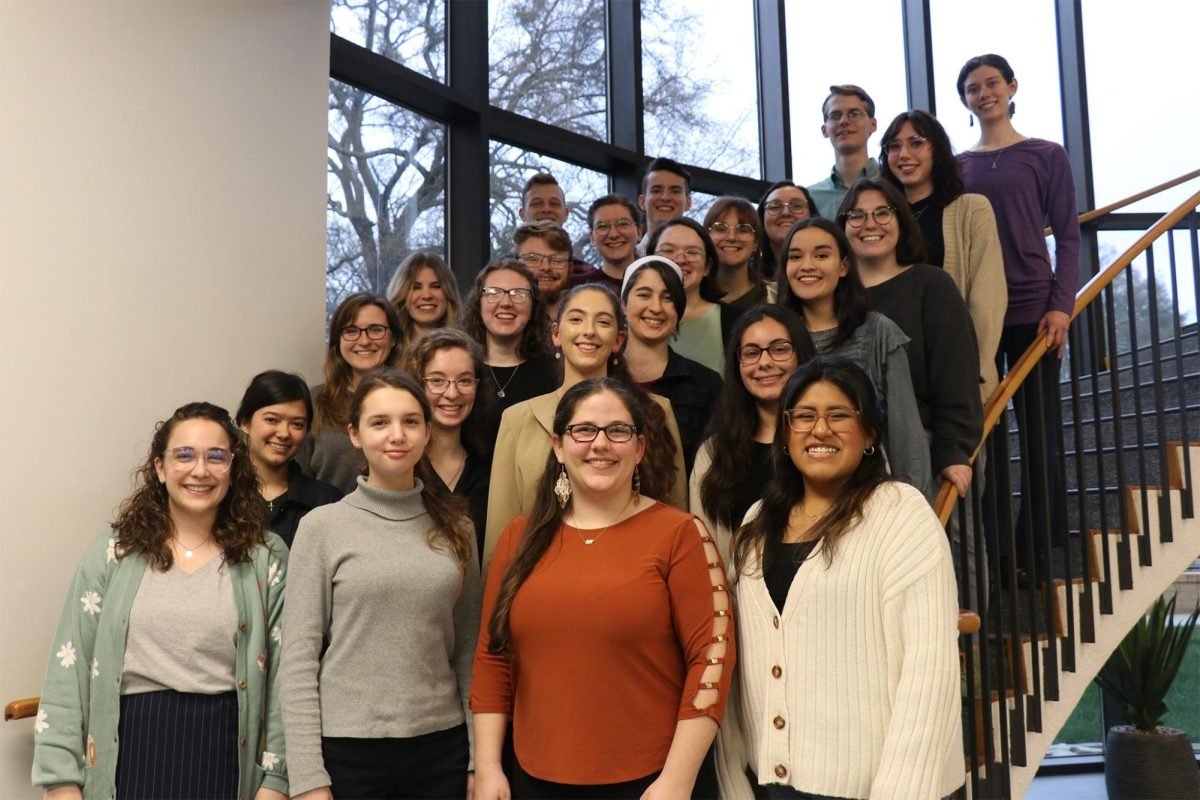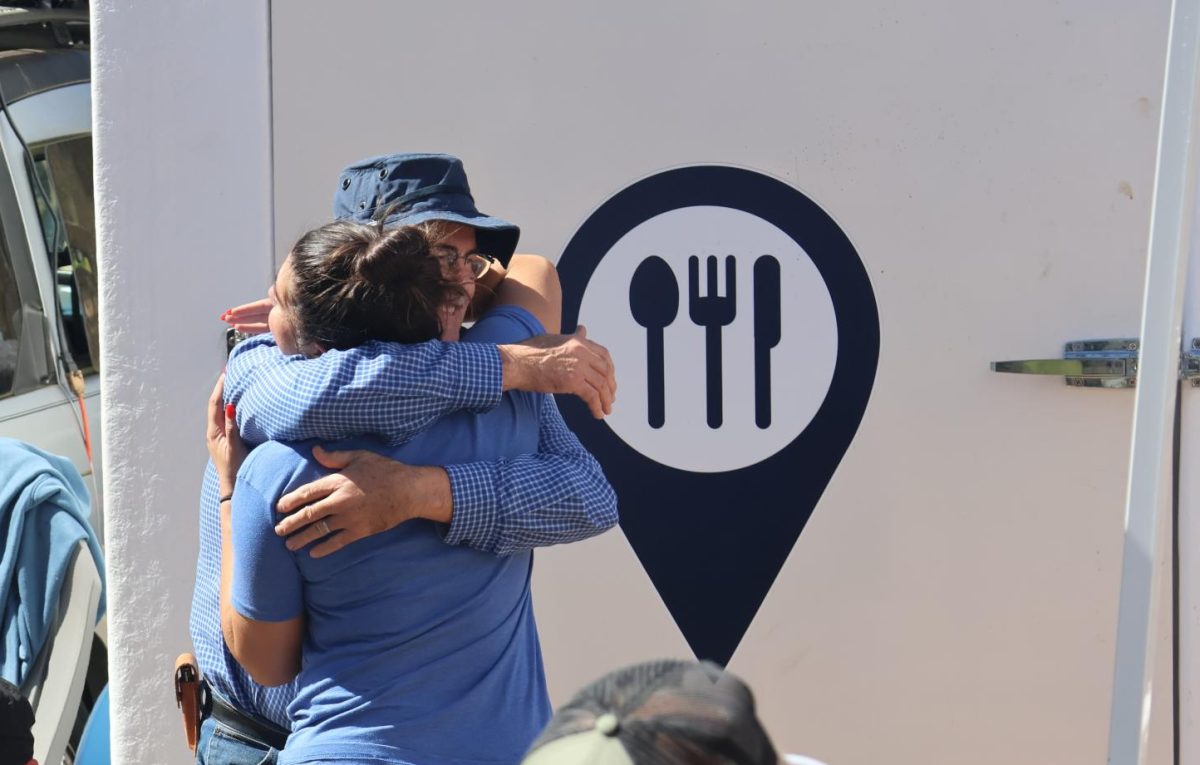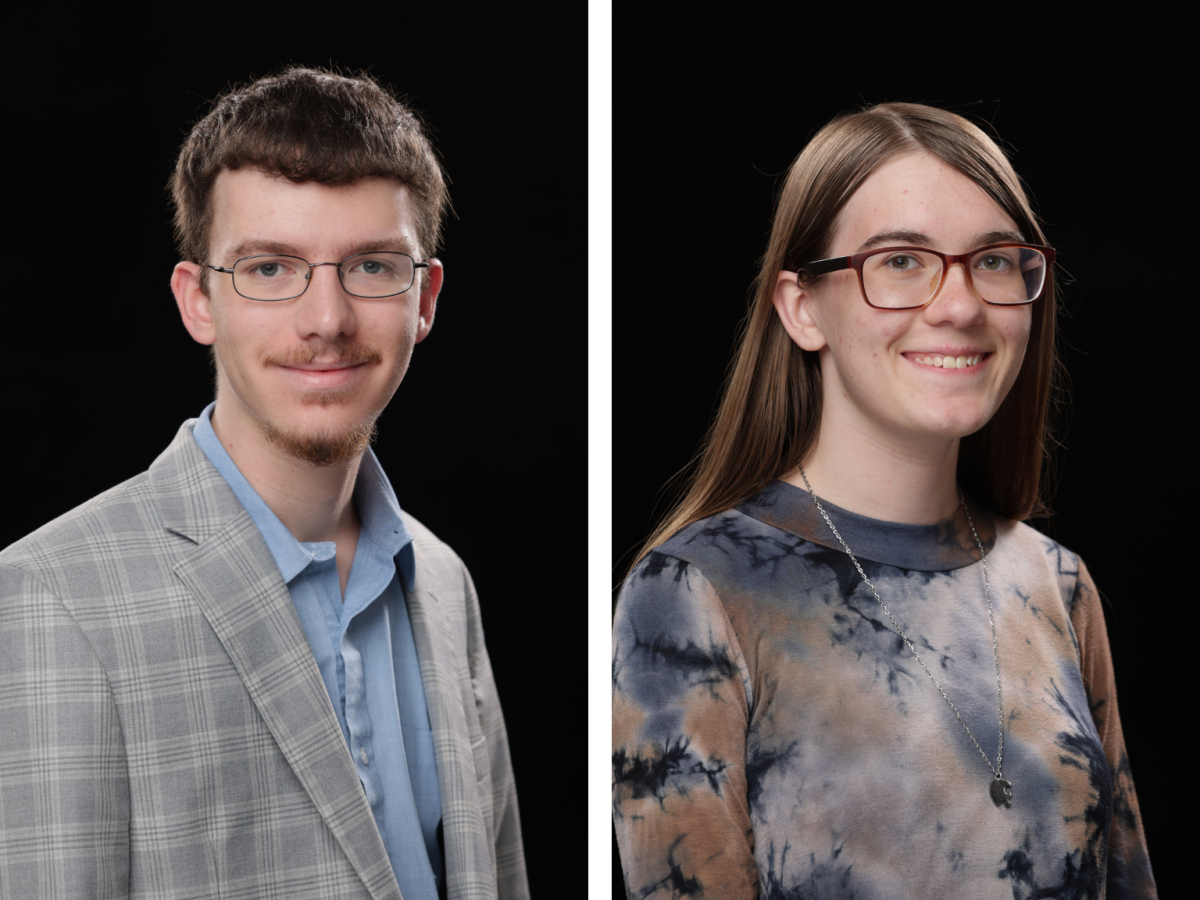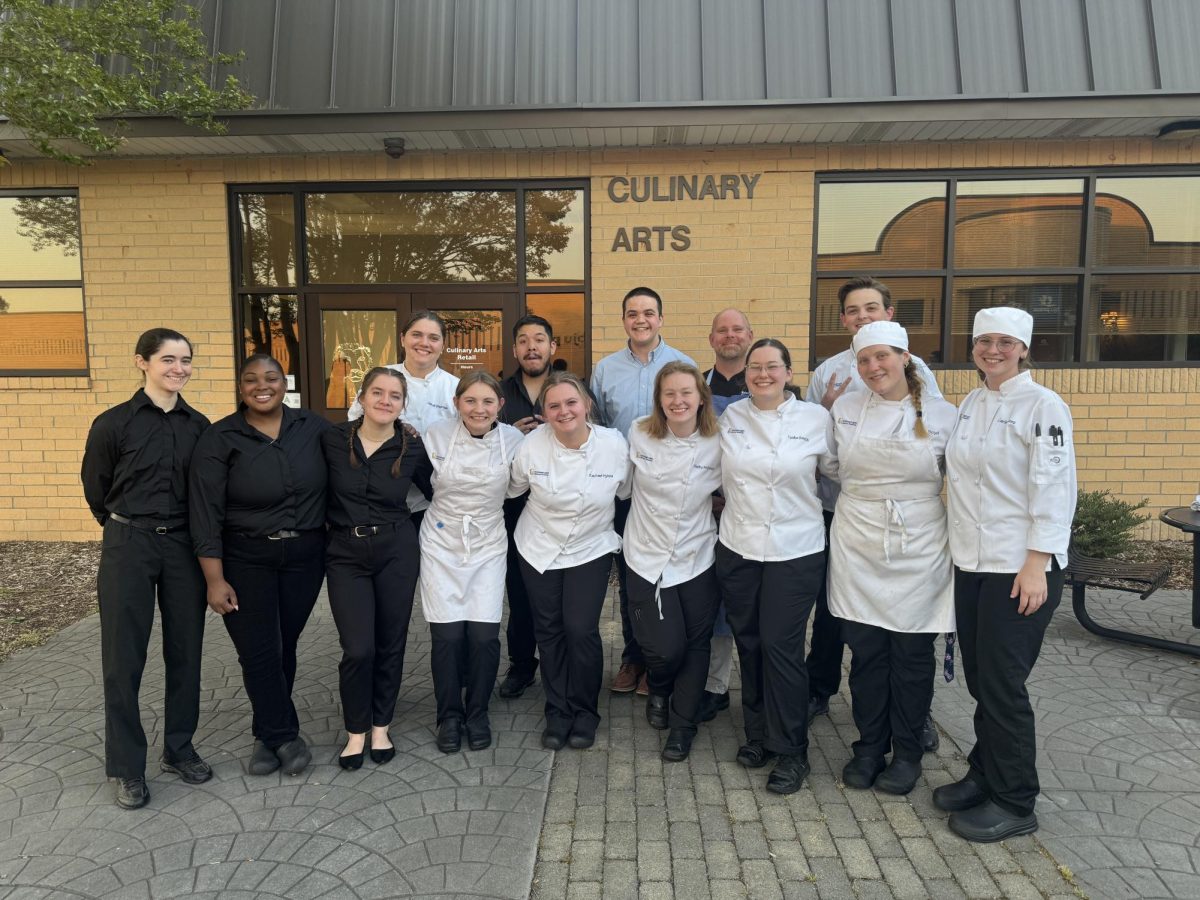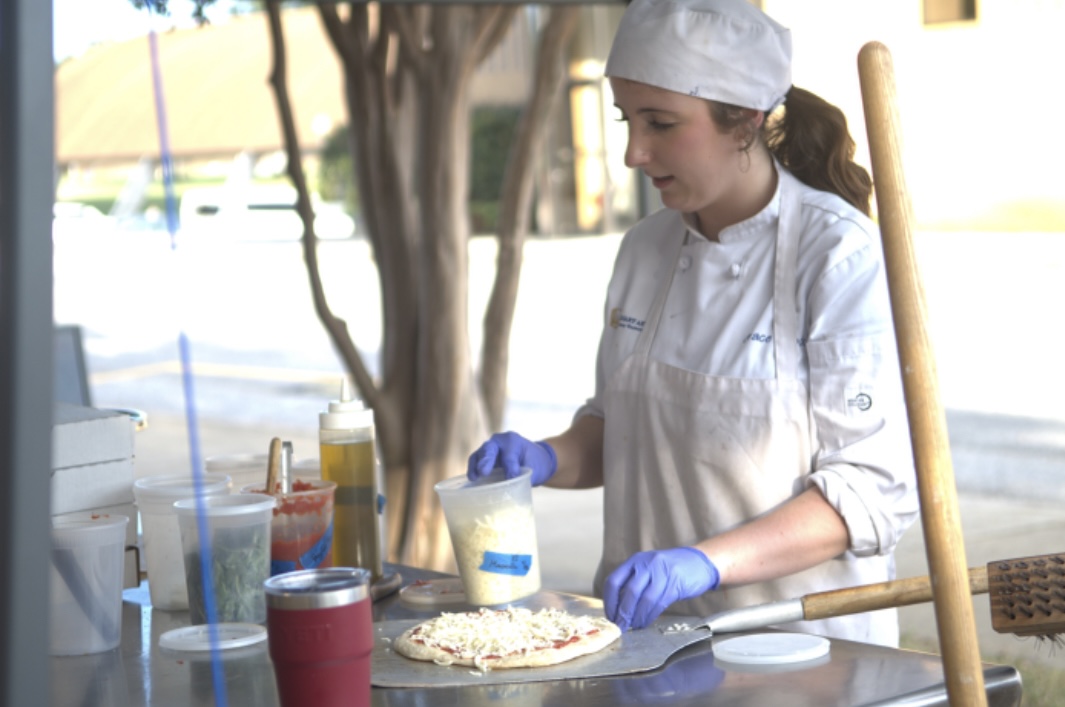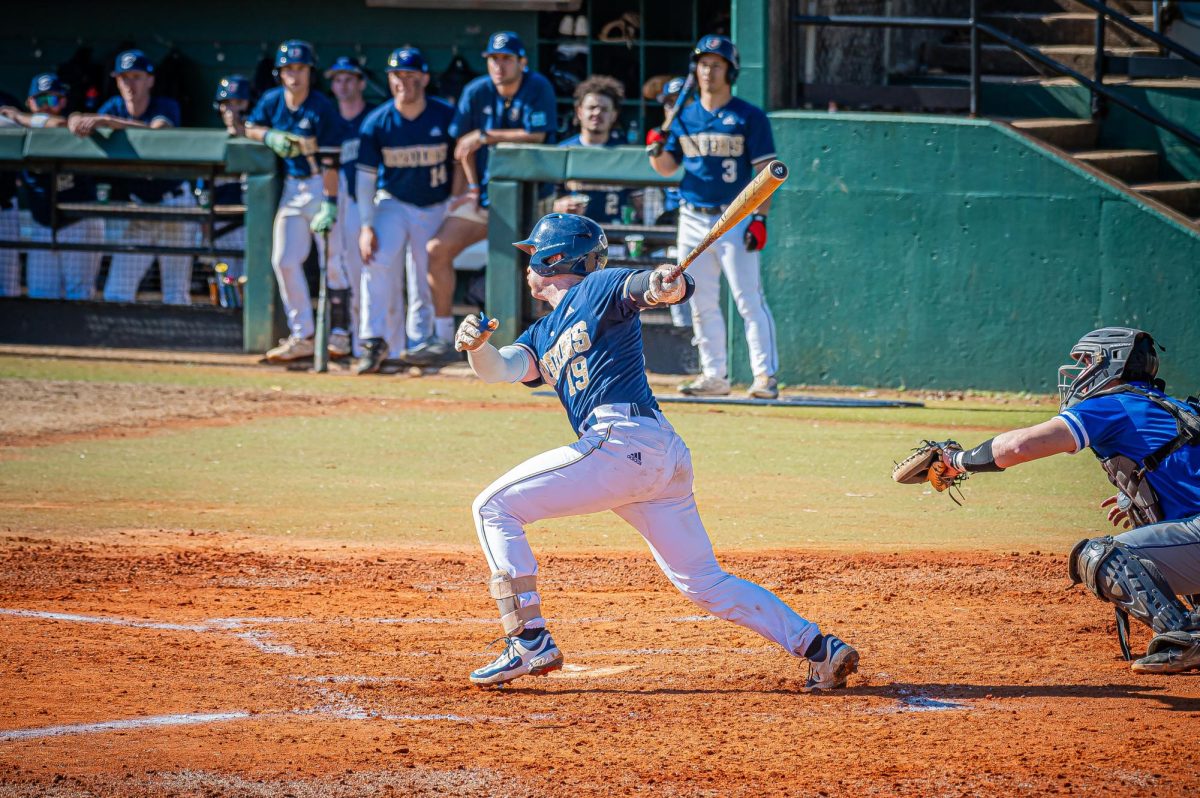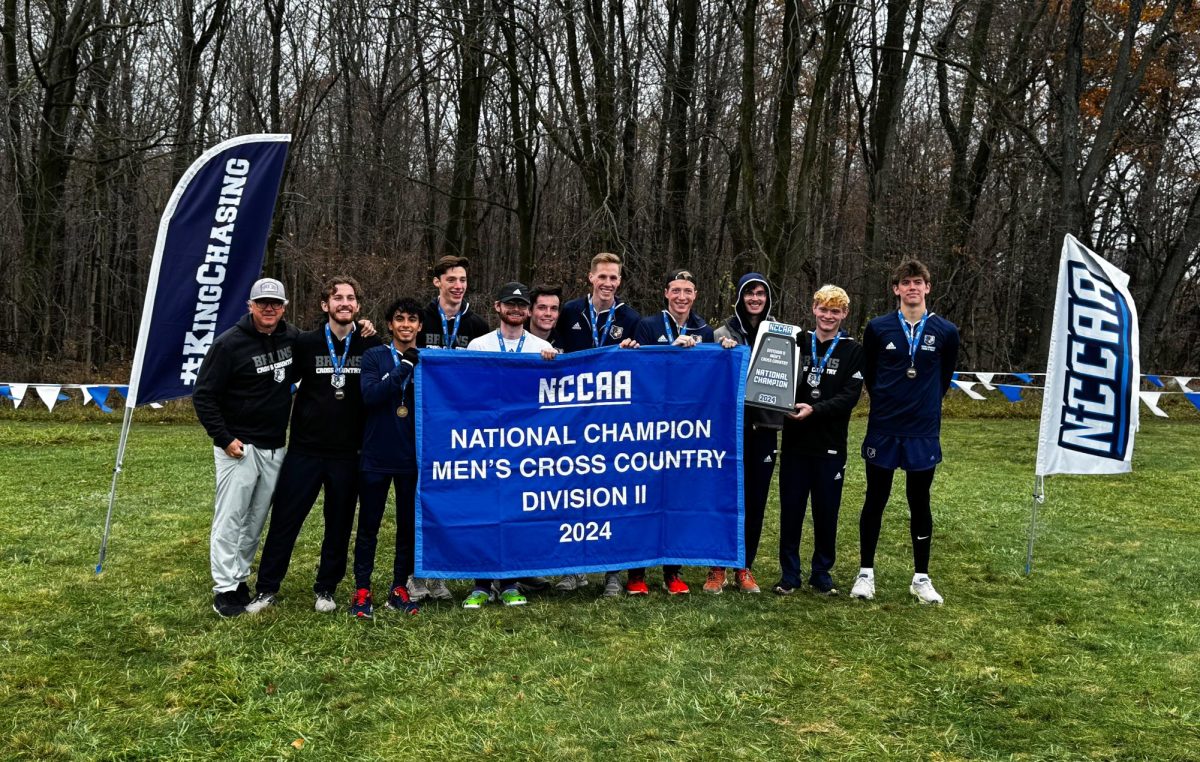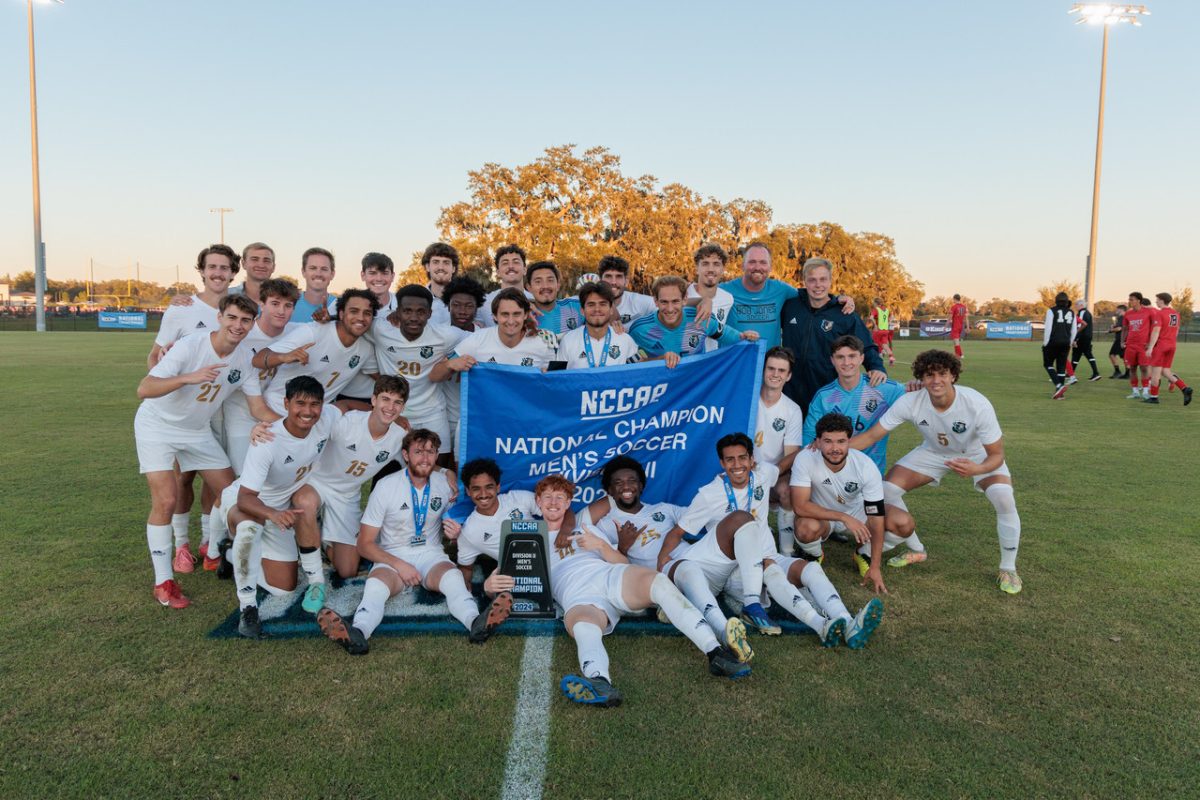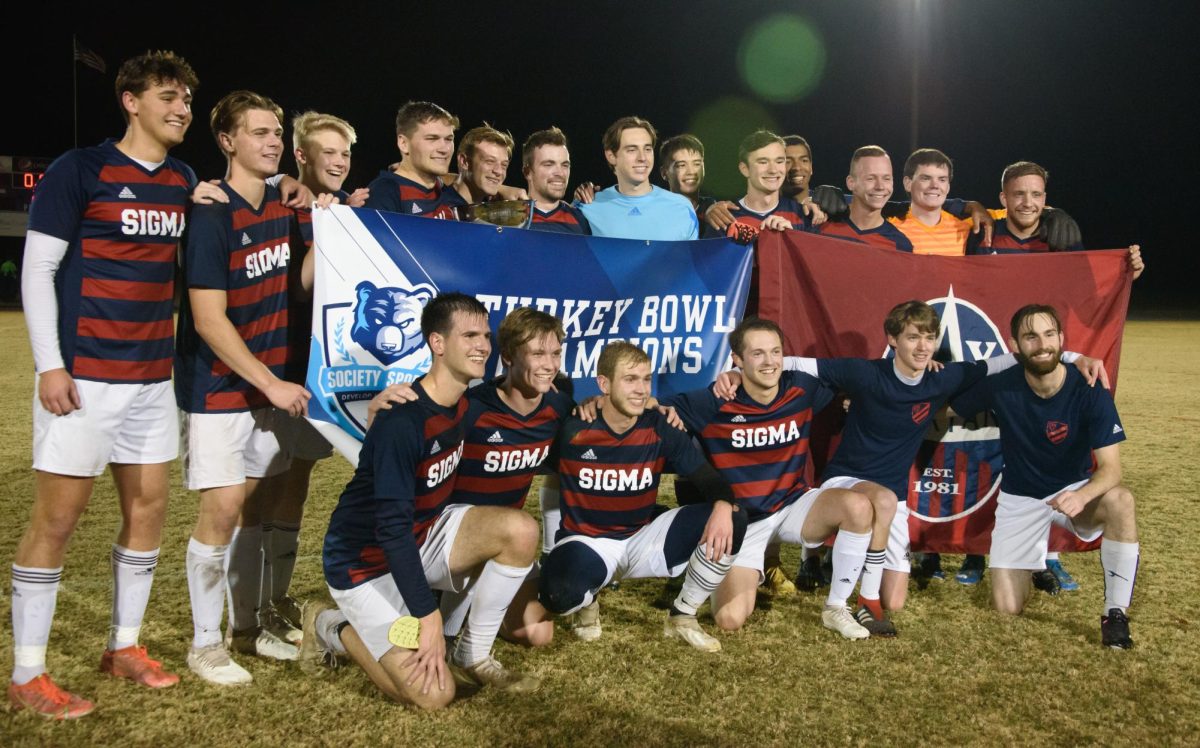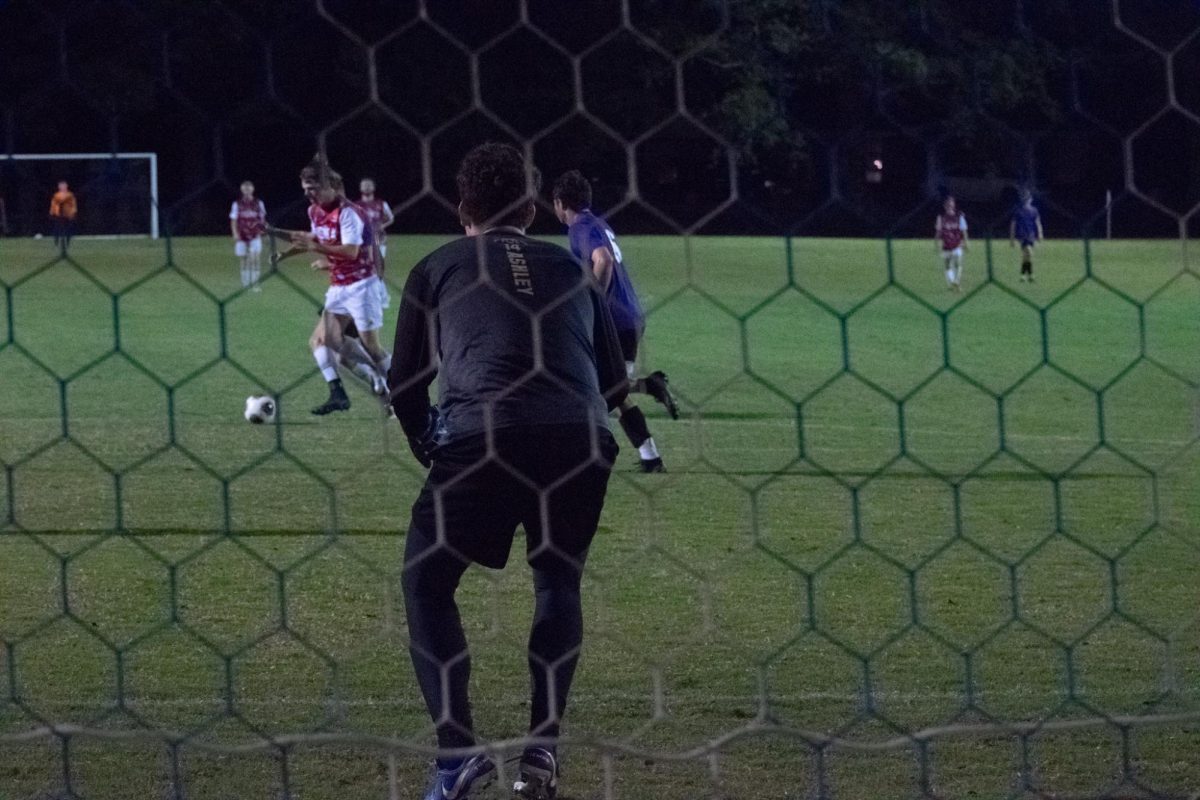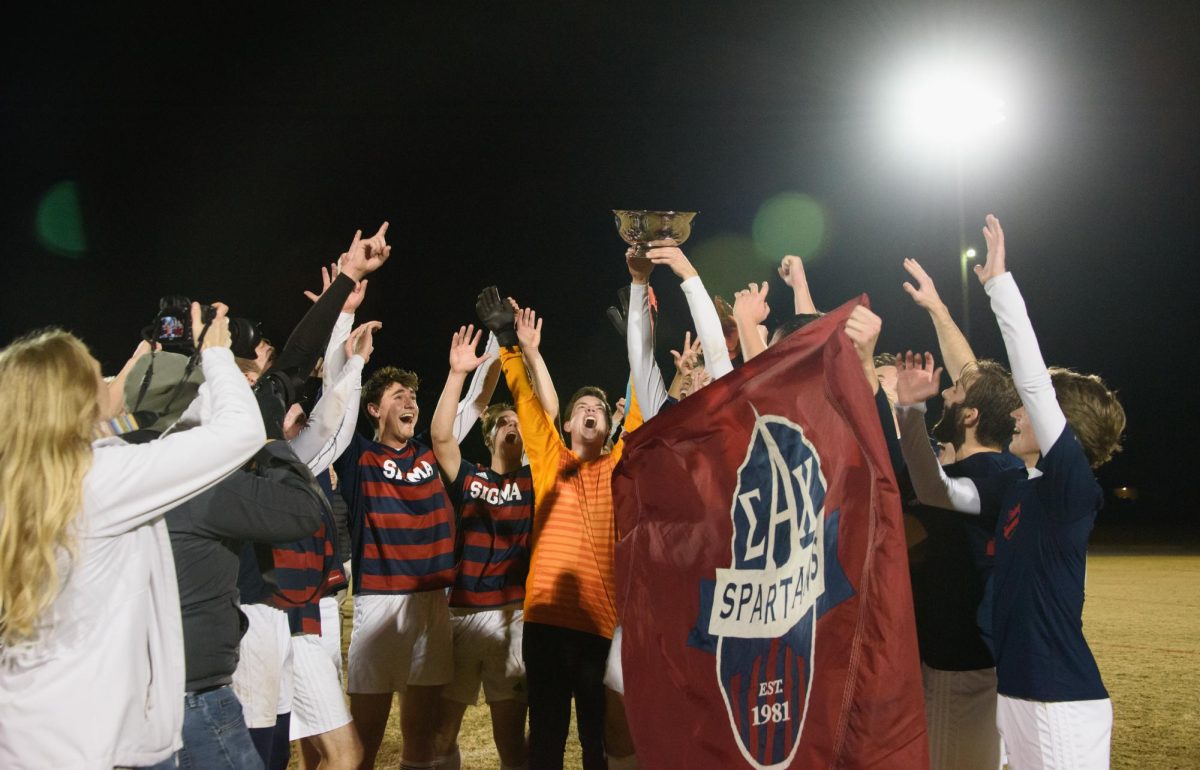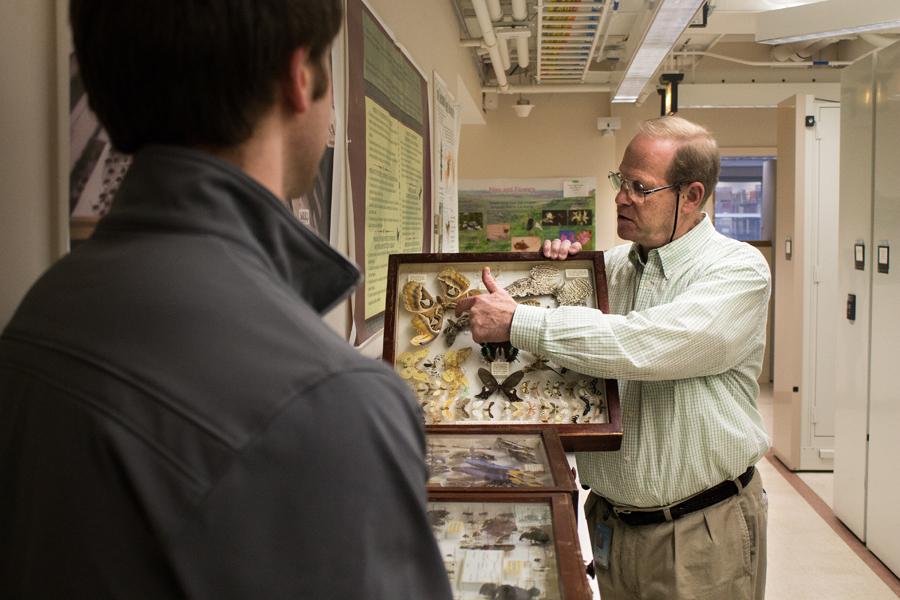They may be small, but insects often suffer a disproportionate lack of publicity considering the massive slice of life they claim in our biosphere. According to estimates published by the Smithsonian, for every human on earth, there are approximately 200 million insects.
Insects compose an impressive array of biodiversity, as members of the entomology class of the University saw first-hand at the Smithsonian Museum of Natural History in Washington, D.C., on Saturday, Feb. 2. The Smithsonian houses more than 35 million insect specimens.
Dr. David Boyd, who teaches the entomology class of six senior biology and biology education majors, led the trip along with natural science professor Dr. Margene Ranieri. This is Boyd’s second year organizing a class trip to the museum.
Their itinerary was a hectic one, as senior biology education major Katie Zevallos related. The class left on Thursday evening and arrived in D.C. around 3 a.m. They stayed the night at the home of one of the students in the class, then headed to the museum early Friday morning.
The group toured the insect and evolution and origins exhibits and also got a behind-the-scenes tour of the entomology department there.
Zevallos spent time as a volunteer at the Smithsonian last summer and over Christmas break, so she had gotten to know some of the resident entomologists there who showed the class the facility.
The Smithsonian functions as a database of collected specimens and publications on entomology. It stores thousands of specimens that have yet to be classified and mounted, which is done with the help of volunteers like Zevallos.
The field of entomology coincides with many other disciplines in natural science, explained biology major Mike Gorham. “I wasn’t expecting there to be that much in the field of entomology — how it was so collaborative and interdisciplinary,” he said. “There [were] ecologists and taxonomists and biochemists — all of them working together.”
Boyd described the practical impact the study of insects has on our daily lives. Scientists work to control the destruction some insects have on crops (sometimes with other insects!) and the diseases spread by bugs like mosquitos and perform other research aided by the relative ease working with insect specimens provides.
While many scientists study insects, fewer actually spend time in the field collecting and identifying new species. Boyd hopes that taking students on the trip and studying in class inspired some to pursue such work.
The group had hoped to make a few stops on their return the following day to collect some insects on their own, but the cold weather rendered many would-be specimens dormant. As it was, a few students managed to find some bugs by turning over rocks. And Zevallos even collected a flying insect in a McDonalds.
“One of my goals [was] that my students be overwhelmed with the variety,” Boyd said.
“It was jaw-dropping,” Gorham said. “It’s really gotten my interest going.”

